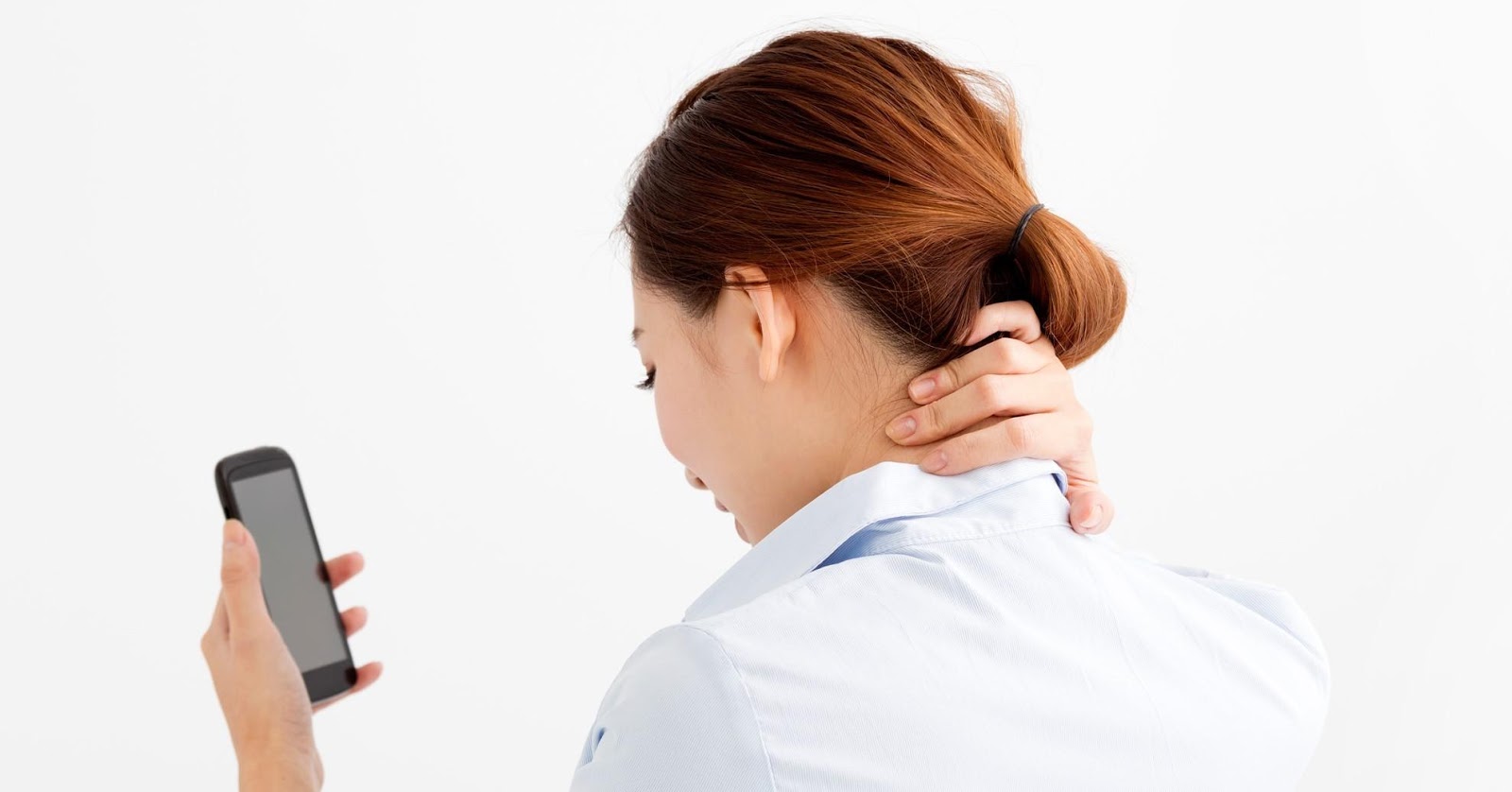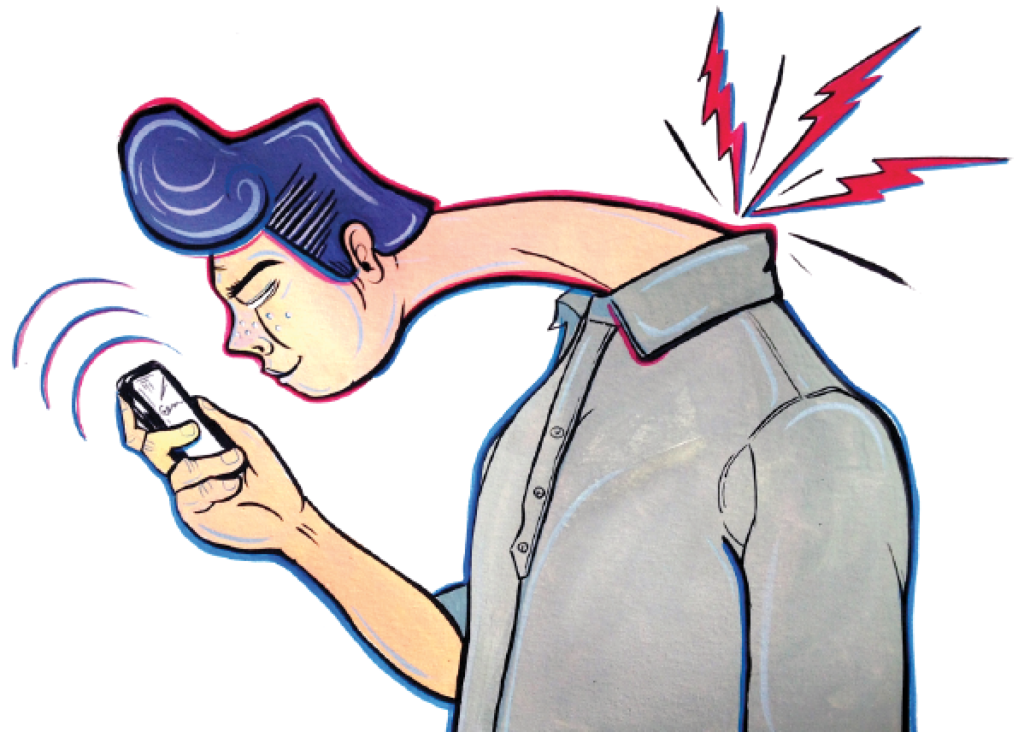Does your neck hurt like crazy at the end of the day? Do you spend most of your day glued to your phone or tablet? Then you may be suffering from ” text neck “! Yes, you read that right! We all love to text, watch crafty videos on social media, spend hours harvesting vegetables from our virtual farm, and much more! We’ve grown so fond of these little gadgets that we tend to use them whenever and wherever we want (even in the loo). But as the famous saying goes, love hurts! That’s indeed true! Even though we all love them, spending way too much time every day on your smartphone can literally be a real pain in the neck.
The intensive use of cell phones and tablets has led to an increasingly common injury, namely “text neck” or “tech neck,” which usually includes head and shoulders pain! But how can we enjoy these devices healthily? We have jotted down a few handy tips to avoid suffering from this modern neck issue! Let’s check them out!
A Head Down World

Mobile device users spend an average of two to four hours a day bent. Their main activities include reading, sending text messages, e-mails, monitoring social media, or playing games. Millions of people spend excessive time looking at their smartphones. “The scene is so typical that we hardly notice the fact that the world has its head down, almost always!
Consequences of Tech Neck

Muscle pain is the first symptom. Over time, this poor posture, called “text neck,” can cause other problems, such as wear and tear on the spine, reduced lung capacity, headaches, neurological issues, depression, and heart disease! Below is a list of unexpected problems of misuse of these devices:
-
Chronic pain around the neck can cause respiratory dysfunction.
-
The entire digestive system is compromised by incorrect body posture. The large intestine is one of the main affected, suffering from constipation.
-
Loss of the vital capacity of the lungs by up to 30%. Low breathing could lead to heart disease.
-
Intense pain due to prolonged muscle tension and the appearance of herniated discs or compression of the spinal nerves.
-
Decreased muscular and respiratory strength.
-
The “text neck” flattens the neck’s standard curve, which stimulates the disc’s compression, causing early osteoarthritis.
What Can I Do to Prevent These?

Follow the following guidelines and enjoy technology without any pain:
-
Learn to use your mobiles with both thumbs.
-
Keep your back straight with proper lumbar support.
-
Hold the phone at eye level at a 30-degree angle to protect your neck and wrists.
-
Increase your letter-size to avoid damaging your eyesight.
-
Do not bend your neck while writing a message or looking at the screen. Try moving your eyes, keeping your neck in a neutral position.
-
If you’re writing a message from the bed, make sure your neck and back are well supported with pillows.
-
Avoid sitting in the same position for long periods. It will be beneficial for your neck, legs, and spine.
-
Get up from the chair and take 5-minute breaks every hour and a half. This will allow you to focus your eyes on more distant objects and relax your shoulders.
-
Put the tablet on a table with support, not on your lap – please!
-
Being in a well-lit space avoids vision problems and bad postures to focus the screen.
Some More Precautions

While it’s almost impossible to prevent technology from causing us specific problems, we can make an effort to look at phones with our spine in a neutral position and avoid spending many hours a day hunched over. If we place the device at eye level, we won’t need to bend the neck. This problem is no joke! And such an excessive tension in the neck could start to show at a very early age. That’s why it’s essential to take care of the spine and perform periodic check-ups from a young age.


